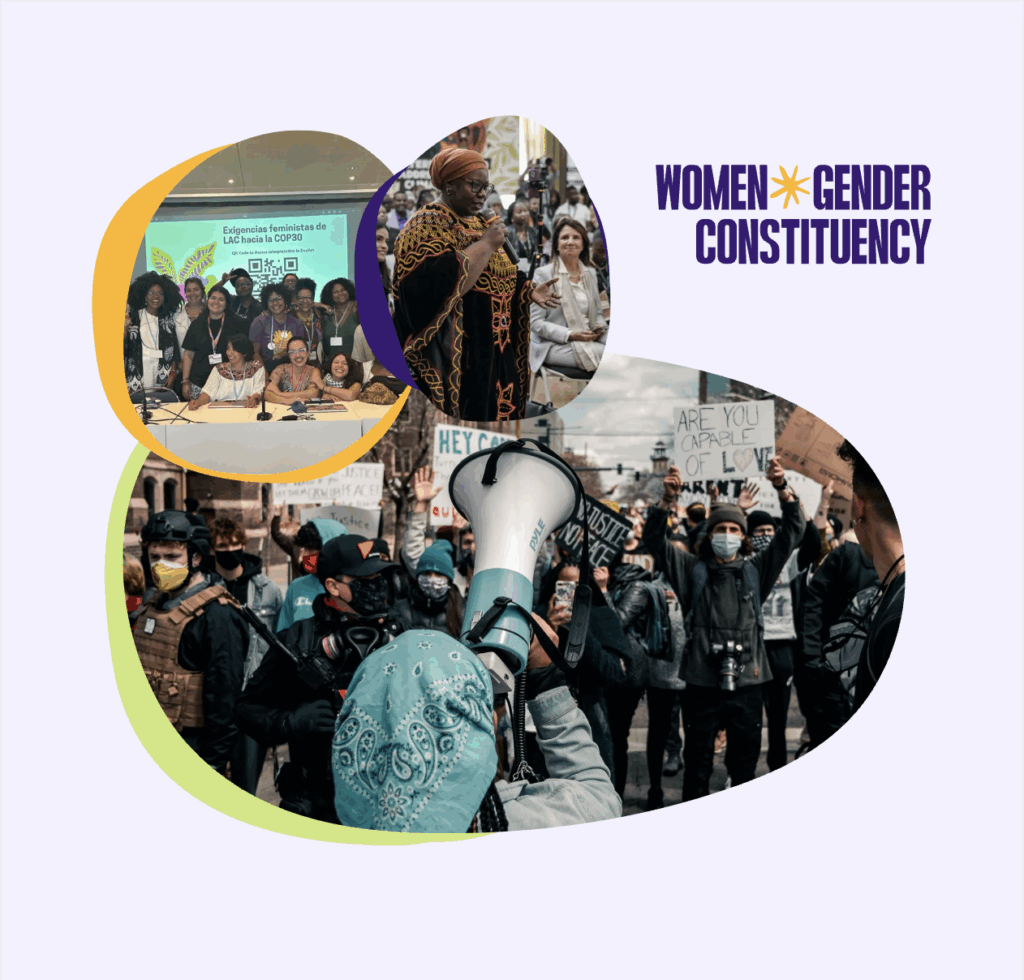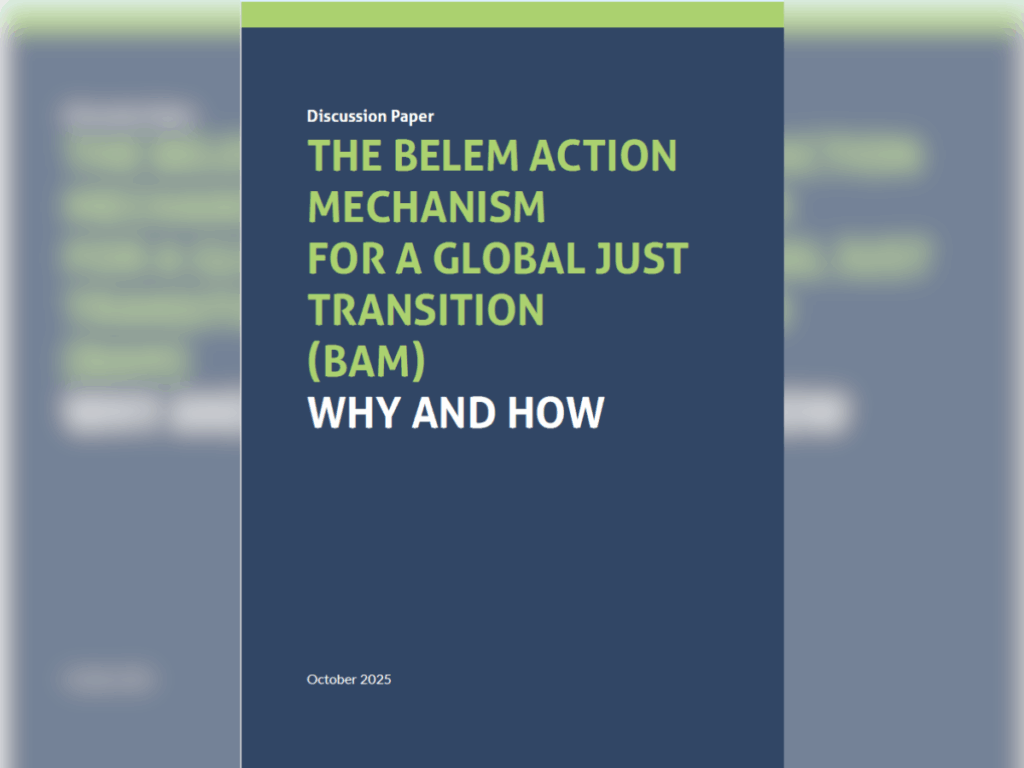
Issue Brief: Climate Induced Migration

Background
Climate change is devastating communities’ lives and livelihoods across the world. Extreme weather events such as cyclones, super typhoons, heatwaves and massive bushfires impact the environment, people and economies. Climate change has contributed to the growing frequency and intensity of extreme weather events, especially in recent years. In 2020 alone, direct economic losses and damages from notable natural disaster events were assessed at USD 268 billion, and have displaced more than 40.5 million people.
Projections of 200 million climate migrants by 2050 seemed overwhelming when first released in 1990, but today this figure already seems quite conservative. In the coming decades, millions or even billions of people will be displaced and forced to migrate because of the climate crisis, many times more in the Global South than in the Global North. Most of them will likely relocate within their own countries, and few will move beyond national borders. But what is particularly striking is that it is no longer just the poorest regions of the world where the climate crisis and displacement are so interlinked. Seven of the ten countries most affected by climate risks in 2018 are from the developing world, although three developed countries have also made it to the list. This again proves that climate change knows no borders, although it has differentiated impacts depending on levels of wealth inequality, gender, race, and other considerations.
Migration as a survival strategy, in the face of displacement due to climate change impacts, comes with its own risks and challenges. People who are displaced and forced to migrate are usually already vulnerable and face limited options, capacities and resources. In addition to experiencing loss of loved ones, homes, heritage, mobility, territory and sources of livelihood, communities displaced by extreme weather events face few options.

